15 of the Strangest Tourist Destinations in the World
Glass Beach, California, USA

This sparkling glass beach in California is a side effect of years of trash being dumped on the beach; it wasn’t until the 1960s that this stopped, and by then the beach was full of everything from appliances to bottles and cans. Over time, the waves have slowly eroded the shape of these objects and turned them into colorful pebbles. The beach has become a major tourist attraction, although it is currently threatened by tourists taking these colorful pebbles home.
Red Beach, Panjin, China

One of the strangest tourist destinations in the world is the red beach in China. Very cool and very bizarre, this beach is covered in a type of seaweed called Sueda, which turns bright red in the autumn. Thirty kilometers southwest of Panjin, these tidal wetlands are an important nature reserve for migratory birds. Only a small part of the beach is open to the public, and it can be explored via a wooden walkway that stretches out to the sea.
Socotra Island, Yemen
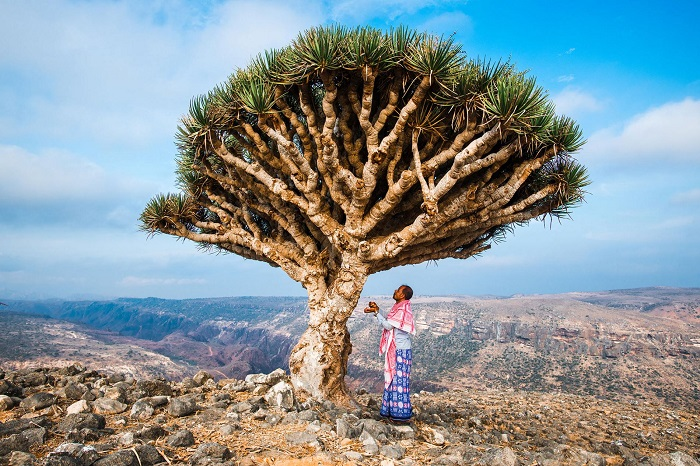
Separated from the African continent over six million years ago, this remote island looks like something out of a science fiction film. Socotra’s incredible and unique biodiversity means that some of the trees here are more special than anywhere else in the world – notably the ancient dragon’s blood tree, twisted trees, and bottle trees.
Badab-e-Surt, Iran
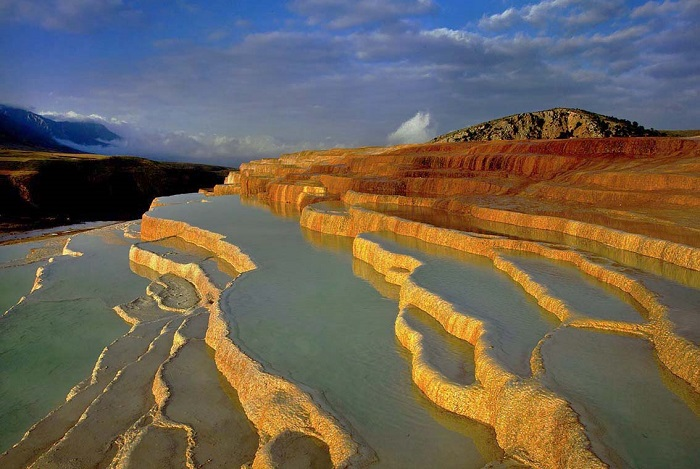
On the list of the strangest tourist destinations in the world, you can’t miss the beautiful natural travertine stepped terraces in northern Iran, which are a fantastic natural wonder that has developed over thousands of years. Travertine is a type of limestone formed by the precipitation of calcium in the flowing water of two hot springs with different mineral characteristics. The unusual red color of the terraced fields is due to high iron oxide content, creating an unusual surreal landscape.
Lake Hillier, Western Australia
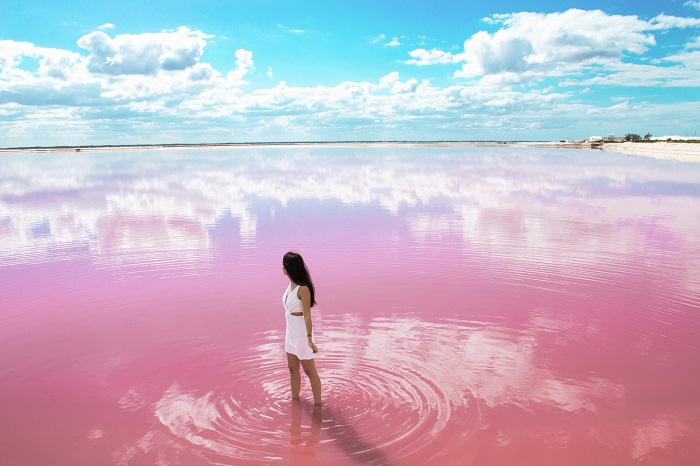
This special water body was discovered in 1802 on the largest island in the Recherche Archipelago of Western Australia. The lake has a deep pink color all year round, which some scientists believe is due to high salt content combined with a type of algae in the water. Regardless of the cause, the color of the lake is certainly fascinating and makes for a unique tourist destination.
The Door to Hell, Turkmenistan

This flaming hole in the middle of the Karakum Desert in Turkmenistan is definitely one of the strangest tourist destinations in the world. The hole, also known as the Darvaza gas crater, was created in 1971 when a Soviet drilling rig accidentally tapped into a massive underground natural gas reserve. The rig and the ground around it collapsed, creating a hole that was set on fire to prevent the release of toxic gases. The hole is still burning to this day, creating a surreal and eerie spectacle.
The Catacombs, Paris, France
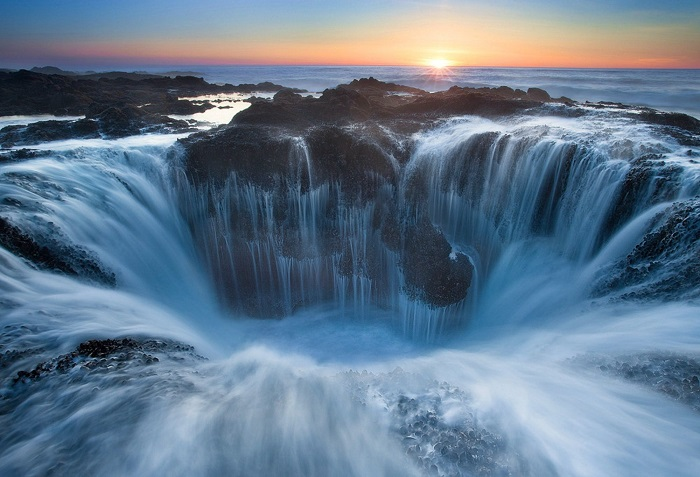
The Paris Catacombs are a network of underground tunnels and rooms lined with the bones of over six million people, dating back to the late 18th century. The catacombs were created due to overcrowding in Parisian cemeteries and have become a popular tourist destination. Visitors can explore the dark and eerie corridors and marvel at the macabre decorations made entirely of human bones.
Spazend Lake, British Columbia, Canada

Spazend Lake has long been revered by the indigenous Okanagan (Syilx) people, and it’s easy to see why they consider it so sacred. In the summer, the water of the lake evaporates and the small mineral pools inside it are left behind, creating different colors and resulting in the spots on the lake that you see. This unique lake can be seen from Highway 3, northwest of the small town of Osoyoos. However, visitors are asked not to trespass on tribal land.
The Giant’s Causeway, Northern Ireland

As one of the strangest tourist destinations in the world, The Giant’s Causeway – the high road of the giant of Northern Ireland formed sixty million years ago, when a massive volcanic eruption spewed out a hot molten basalt rock, which then solidified and contracted as it cooled, creating the visible cracks seen today. There are approximately 37,000 polygonal columns at this World Heritage Site, so geometrically perfect that local legend says they were created by a giant.
Since 1693, when the Royal Society first declared it one of the great wonders of the natural world, Giant’s Causeway has been a major tourist attraction. Do you think of the Vietnamese Đá Đĩa Plateau when you hear this place name?
Fly Geyser, Nevada, USA

This geyser is located on private land on the edge of the Black Rock Desert in Nevada. Created by chance in 1964 after an energy company drilled into a geothermal water source, today, a water spout tower erupts to a height of up to 5 feet and the resulting cone-shaped mineral buildup grows a few inches each year. The vibrant colors of red and green are thermophilic algae.
Goblin Valley State Park, Utah, USA
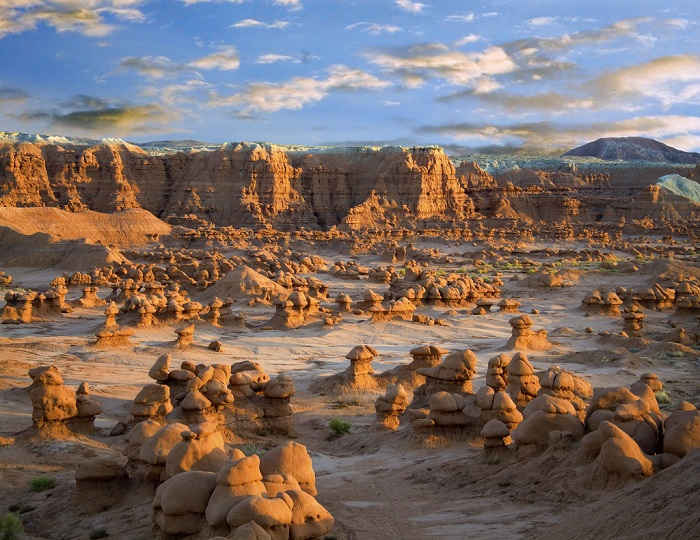
This is not Mars but a valley uninhabited about a distance from Salt Lake City in southeastern Utah. Soft sandstone, for many years, has been eroded by wind and water to create strange-looking hoodoos or mushroom-shaped rocks that some people believe resemble goblins. The strange landscape is only about 1 mile wide and 2 miles long, making visitors overwhelmed by the surreal scenery as if on another planet.
The Nasca Lines, Peru
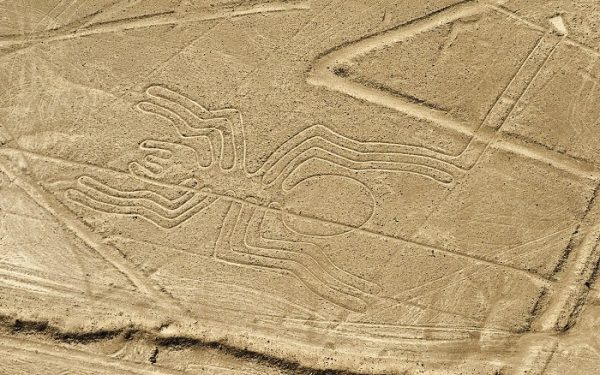
The animal figures and geometric shapes carved in the ancient Nasca of the barren Pampa de San José of Peru are one of the great mysteries of South America. They can only be seen from above or from metal observation towers next to the highway. Some unexplained shapes are up to 200m long, and each is made in a single continuous line, making it one of the strangest tourist destinations in the world.
Hand in the Desert, Chile
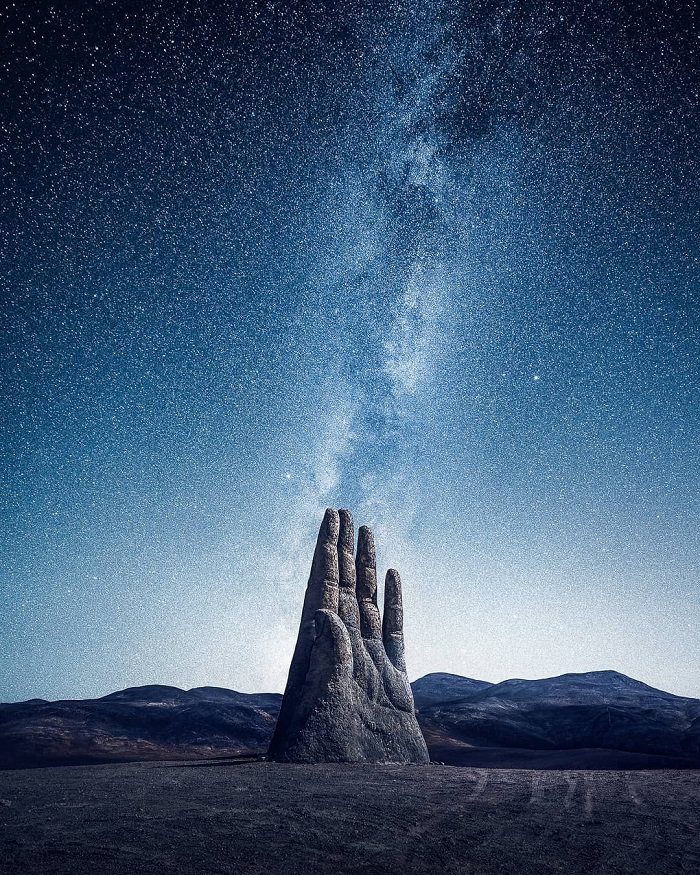
Chilean sculptor Mario Irarrázabal is responsible for this very strange work of art protruding from the sand in the middle of Chile’s Atacama desert, 46 miles south of the city of Antofagasta. Irarrázabal is known for works related to human suffering, and this frighteningly giant sculpture captures the feeling of loneliness, which is made even clearer by its desolate and remote location.
Hon Khoi Greenstone Beach, Vietnam

Hon Khoi Greenstone Beach is a land of only water, rocks, and green color of vegetation appearing as a “green giant” hiding in a remote village of Tuy Phong district, Binh Thuan province. It is a mysterious destination that attracts the curiosity of tourists from many places. Like other beaches, Hon Khoi Greenstone Beach stands out with its green color, not too large waves, but strong and vigorous beats that bring rocks of different colors to the shore, creating a special feature that cannot be mistaken.
In March every year, Hon Khoi Greenstone Beach is covered with a soft green moss “coat” that is very distinctive. Here, ancient rocks with strange shapes, combined with the green “charming” color of moss, make Hon Khoi Greenstone Beach not only “ancient” but also “strange,” worthy of the most interesting experiences.
Cat Island, Japan
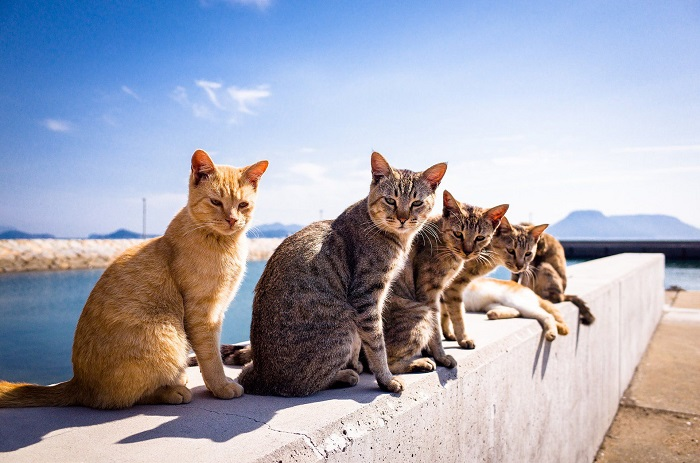
Cat Island, or Tashirojima, is one of the most peculiar tourist destinations in the world located in Japan. A short ferry ride from the eastern coast of Japan, Tashirojima has a population of one hundred people, but a much larger number of cats. Initially, cats were encouraged on the island because it produced silk and mice were a natural predator of silk worms. Local fishermen considered cats to be lucky animals, and the island even has a shrine dedicated to cats, along with newly built cat-shaped cabins for tourists to stay in.
Which of the above peculiar tourist destinations would you like to visit? Please write in the comments section about the place you want to go!

